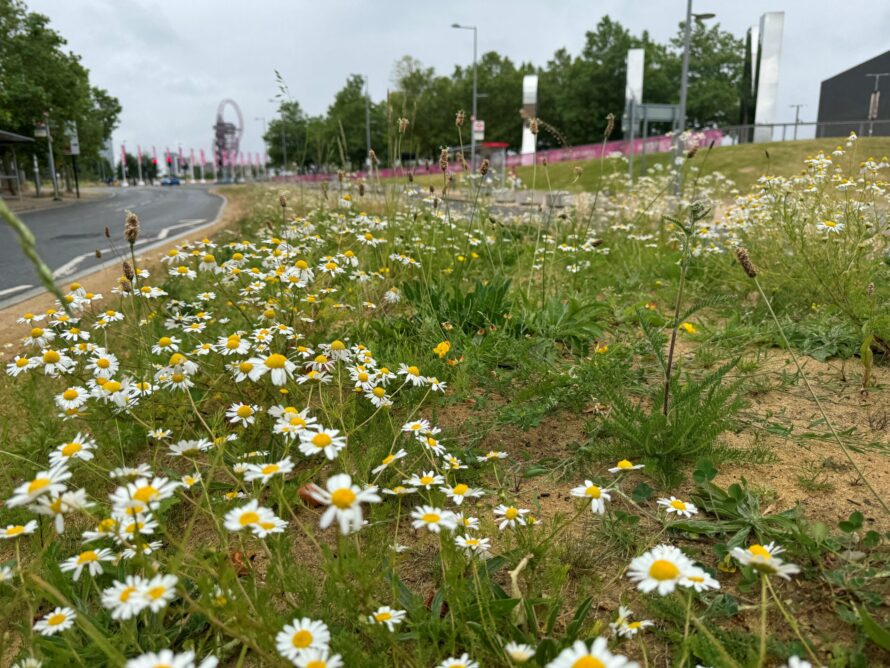Suggestions
Grounds Maintenance, Landscape Creation, Arboriculture, Sports Surfacing, Parks management, IOS Managing Safely Training, Ecology & Biodiversity, Grass cutting, Horticulture, Street Cleaning, Soft Landscaping, Hard Landscaping
Our Services
idverde provides a wide range of green services, including grounds maintenance, landscape creation, and advice services, to both private and public sectors across the UK.
Habitat Improvements at Queen Elizabeth Olympic Park, London
Introduction
The creation of Queen Elizabeth Olympic Park in London in 2008 provided unique opportunities to put in place new ideas about the role and design of urban parks. The Park’s first BAP (Biodiversity Action Plan) in 2008, (the first produced for an Olympic Park), outlined proposals to create 10 new habitat types including wildflower meadows, woodlands, and wetlands.
Continue reading below
More projects forQueen Elizabeth Olympic Park continues to undergo significant habitat improvements aimed at enhancing biodiversity and supporting local wildlife, and so far this year in 2025 is no exception. These efforts by Tom Bellamy, RSPB/idverde Biodiversity Manager, the QEOP idverde team and volunteers are part of the park’s ongoing commitment to environmental sustainability and conservation.
Enhancements to Pollinator Habitats
One of the key initiatives involved planting 18,000 native perennial wildflowers into meadows. This effort is designed to boost the meadows value for pollinators, providing essential resources for bees, butterflies, and other insects.
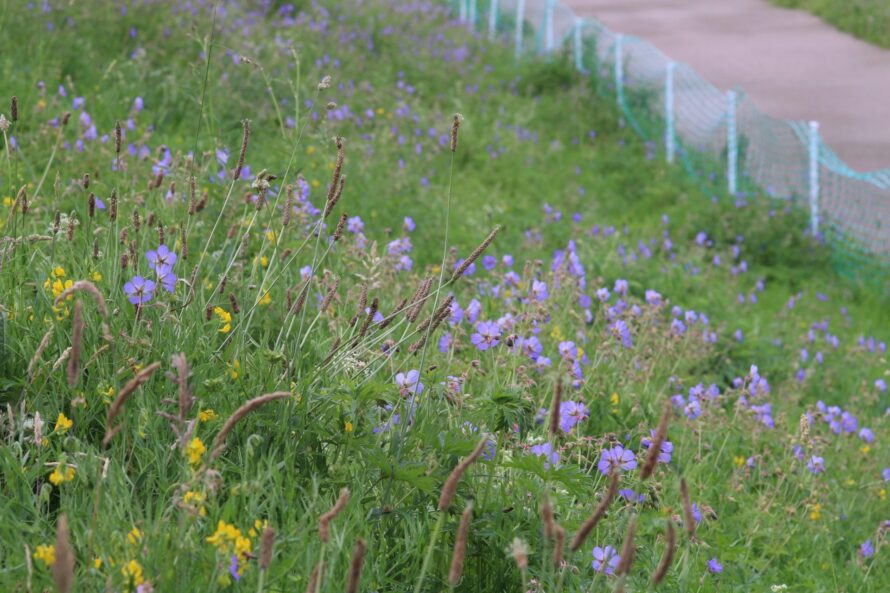
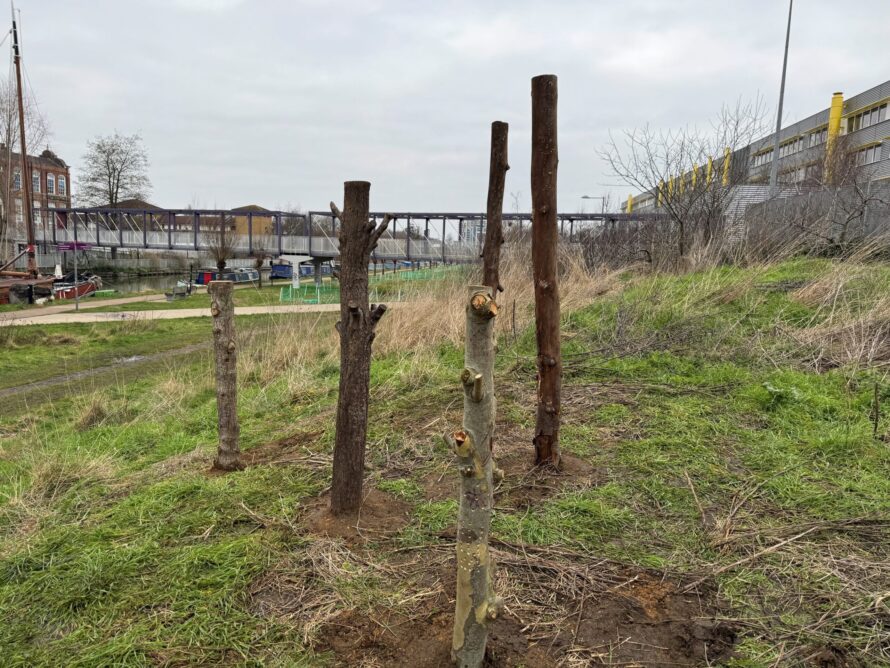
Connectivity Between Grasslands
Previously empty cedec beds have been seeded with native wildflowers to improve connectivity between grasslands. This enhancement helps create a more cohesive and supportive environment for various plant and animal species.
Nesting Refugia for Solitary Bees and Wasps
To support solitary bees and wasps, deadwood ‘monoliths’ have been installed in meadows. These structures offer crucial nesting refugia, helping to sustain and grow populations of these important pollinators.
Canal Park Meadow Restoration
As part of the canal park meadow restoration, 4kg of wildflower seed was sown. Additionally, three nesting banks for bees and wasps were installed, using different aggregates: Hoggin, Cedec, and builders sand. Deadwood with drilled holes was added to provide nesting spots for species like the Leafcutter Bees (Megachile sp.). Entomological surveys will be commissioned this summer to determine which aggregate is preferred by bees and wasps.

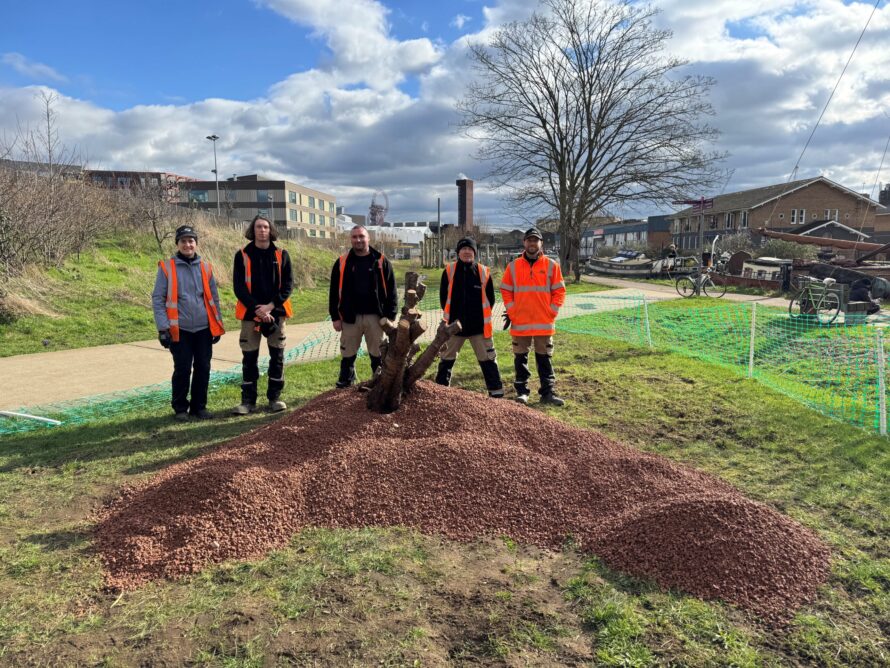
Brownfield Bank for Rare Beetles
A brownfield bank was designed to support nationally rare beetles, including the Streaked Bombardier Beetle and Axinotarsus pulicarius. This bank features 2 tonnes of crushed red brick to replicate brownfield habitat and includes a large dead stump from a Tibetan Cherry tree to provide a home for beetle larvae. A bumblebee nesting chamber was also added.
Enhancing Hedgerows and Woodland Habitats
To extend scrub and woodland habitats, 800 native tree whips were planted. This initiative aims to enhance hedgerows and provide additional resources for local wildlife.
Translocation of Wildflowers
1,500 wildflowers were translocated from a development platform, saving them before the area is built on. This effort helps preserve native plant species and maintain biodiversity.
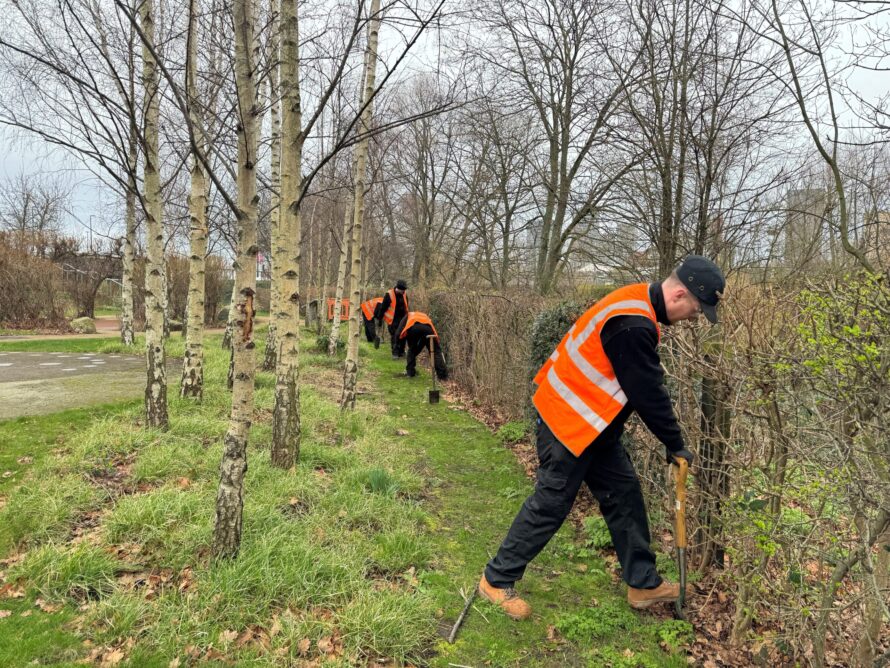
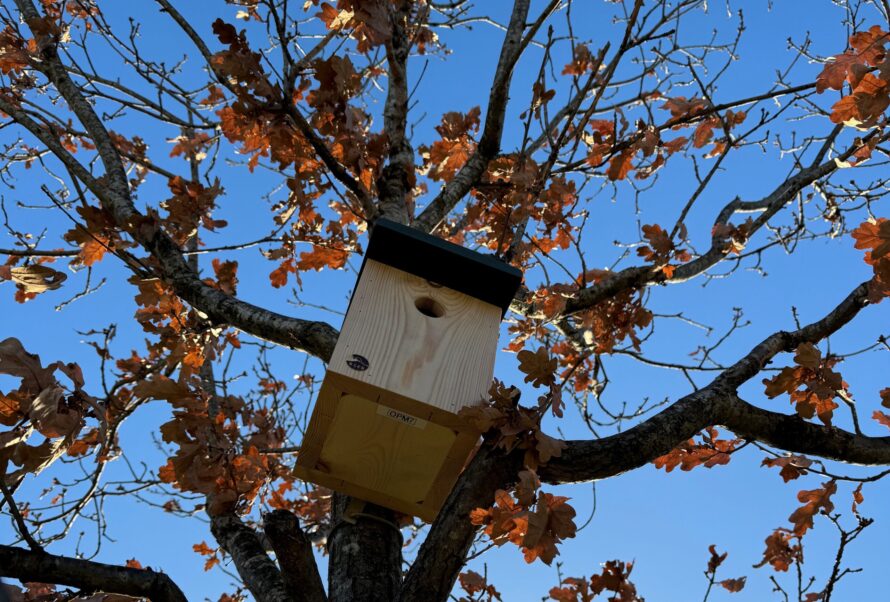
Bird Boxes for Oak Processionary Moth Control
Bird boxes were installed to control the Oak Processionary Moth (OPM) instead of using chemicals. This project has been very successful, with no recurrence of caterpillars on trees with nest boxes installed. Two new trees with OPM discovered have had boxes installed.
Meadow Habitat in Central Reservation
A large central reservation was turned into meadow habitat with native wildflowers. This transformation provides a valuable resource for pollinators and other wildlife, contributing to the park’s overall biodiversity.
Conclusion
The recent habitat improvements at Queen Elizabeth Olympic Park demonstrate a strong commitment to enhancing biodiversity and supporting local wildlife. These initiatives not only provide essential resources for various species but also contribute to the park’s long-term environmental sustainability.
